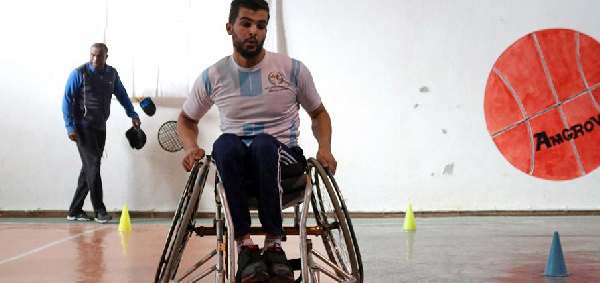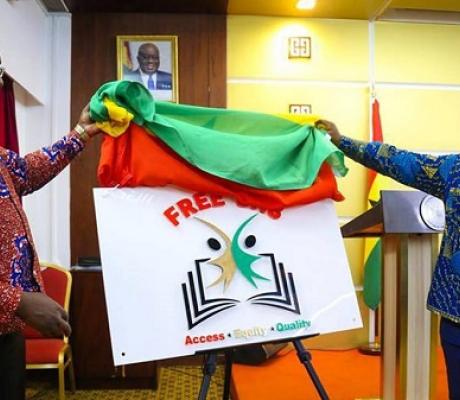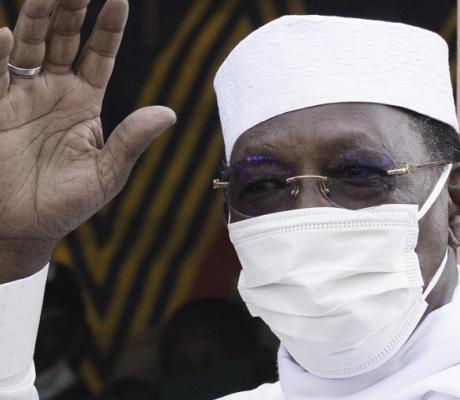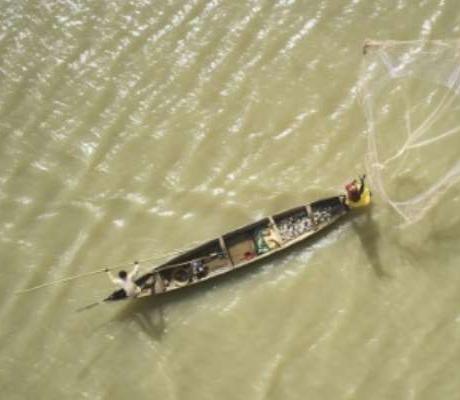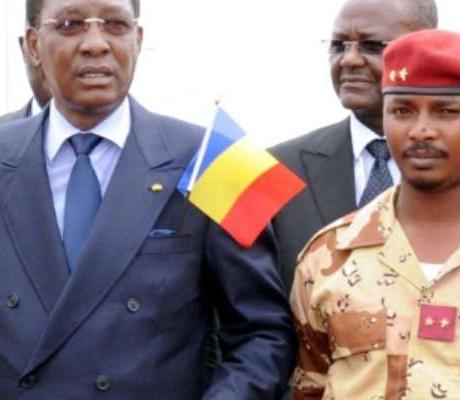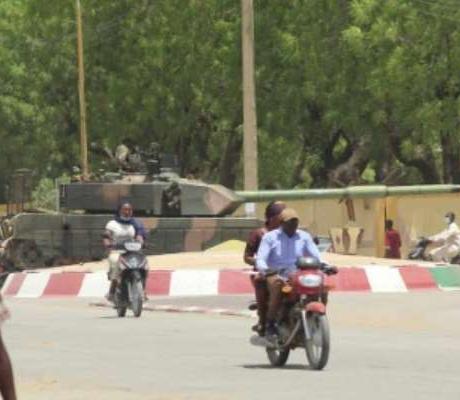Mohsen Hassan bin Daou was wounded in Libya's uprising a decade ago but he has little hope for the country's future almost 10 years after a NATO-backed uprising ousted and killed dictator Moamer Kadhafi.
"When the February 17th revolution erupted, peaceful demonstrations began. We came out on February 19th, 2011, and then again on February 21st. On that day, I was injured in the Tajoura area," he said.
"A machine gun used by the Kadaffi forces fired at me. I was wounded along with two other people. One was injured in the hand, the other in the foot and my wound was in my spine."
The end of Kadhafi's 42-year dictatorship sparked chaos that destabilized the wider region by flooding it with arms and fighters and, for years, left Libya, a country of seven million, under the control of dozens of trigger-happy militias with shifting allegiances.
Libya is split into two warring rival governments with their own militias, mercenaries and foreign backers.
Since October they have upheld a ceasefire. Hopes for a peaceful future have also been pinned on a new interim government and elections planned for December.
But the population has been bled dry despite the nation's vast oil wealth.
While the Libyan ceasefire has restored a veneer of normalcy, daily life in Tripoli is still marred by frequent power blackouts, fuel shortages, and cash restrictions.
Poverty has deepened with the impact of the Covid pandemic, in a country with Africa's largest proven crude oil reserves but a public health system now largely in ruins.
The energy sector accounts for around 60 percent of economic output and once paid for a generous welfare state.
"People with disabilities face a lot of difficulties in their daily lives in Libya, as it is very difficult to move around in a wheelchair with no accessible markets nor infrastructure," said bin Daou.
"Nothing is accessible."
Source: africanews.com

